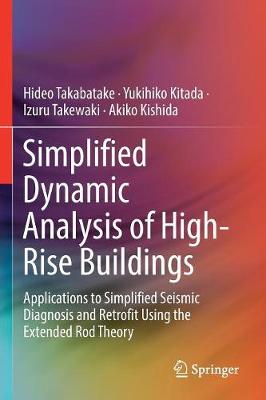This book presents a simple analytical method based on the extended rod theory that allows the earthquake resistance of high-rise buildings to be easily and accurately evaluated at the preliminary design stage. It also includes practical software for applying the extended rod theory to the dynamic analysis of actual buildings and structures. High-rise buildings in large cities, built on soft ground consisting of sedimentary rock, tend to have low natural frequency. If ground motion due to an earthquake occurs at distant hypocenters, the vibration wave can be propagated through several sedimentary layers and act on skyscrapers as a long-period ground motion, potentially producing a resonance phenomenon that can cause severe damage. Accordingly, there is a pressing need to gauge the earthquake resistance of existing skyscrapers and to improve their seismic performance. This book was written by authors who have extensive experience in tall-building seismic design in Japan. The software included enables readers to perform dynamic calculations of skyscrapers' resistance to vibrations. As such, it offers a valuable resource for practitioners and engineers, as well as students of civil engineering.
- ISBN10 9811371873
- ISBN13 9789811371875
- Publish Date 5 June 2019 (first published 14 May 2019)
- Publish Status Unknown
- Imprint Springer
- Format Paperback (US Trade)
- Pages 292
- Language English
